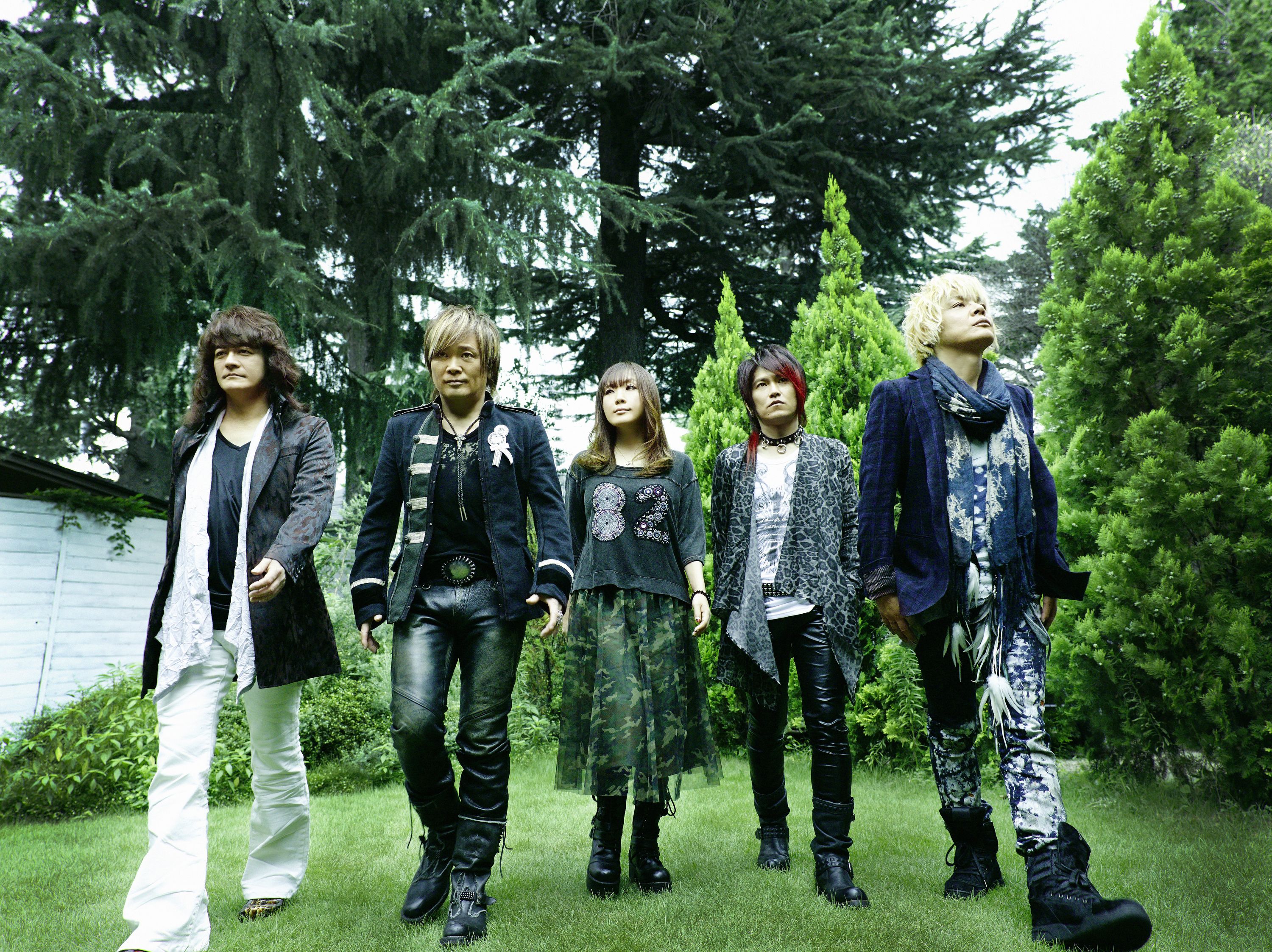Fans breach the language barrier at overseas expos of Japanese pop culture as soon as the music starts. Legions of non-Japanese, most of whose knowledge of the language is limited to basic greetings and exclamations, burst into karaoke-style singalongs, mimicking dance moves and waving glow sticks. This instant fluency lasts for about three to five minutes, then the song ends and they segue into shouts of approval in their native tongues. Rock on.
The Japanese music industry hasn't had an international chart-topper since Kyu Sakamoto's "Sukiyaki" (Ue o Muite Arukou) — released in the United States and the United Kingdom in 1963. And while contemporaries Kyary Pamyu Pamyu and virtual idol Hatsune Miku generate millions of YouTube hits, they are lightweights next to South Korean Psy and his one-off wonder, "Gangnam Style," which is now famous for overloading the file-sharing site's view counter last month.
The language barrier is what most Japanese industry producers cite as their chief obstacle to global success, especially in Western countries. But it's also true that some managers seek to avoid associating their acts with established anime and manga fan bases abroad. In two recent cases in New York, I was told that management in Tokyo didn't want "anime fans" or "otaku types" in the venues, at least not in the front rows, because the concerts were being filmed for Japanese DVD release. They targeted rock fans and club-goers instead, presumably seeking some kind of hipster sex appeal.



